Ever notice how your morning coffee seems to fall flat on rainy days? You're using the same beans, the same brewing method, yet somehow your cup lacks that vibrant kick you crave. You're not imagining things: there's actual science behind why weather affects your coffee's taste, and more importantly, there are simple ways to fix it.
The Science Behind Rainy Day Coffee Blues
When storm clouds roll in, they bring more than just precipitation: they bring humidity that directly impacts your coffee experience. Coffee beans are hygroscopic, meaning they absorb moisture from the air around them. On rainy days, increased humidity causes your coffee grounds to soak up excess water, leading to uneven extraction and a weaker, less flavorful brew.
But it gets more interesting. Humidity doesn't just affect your beans: it also suppresses the release of aromatic compounds that make coffee smell and taste amazing. Those volatile oils that create that heavenly coffee aroma? They're struggling to escape in humid conditions, leaving you with a cup that tastes as gray as the sky outside.
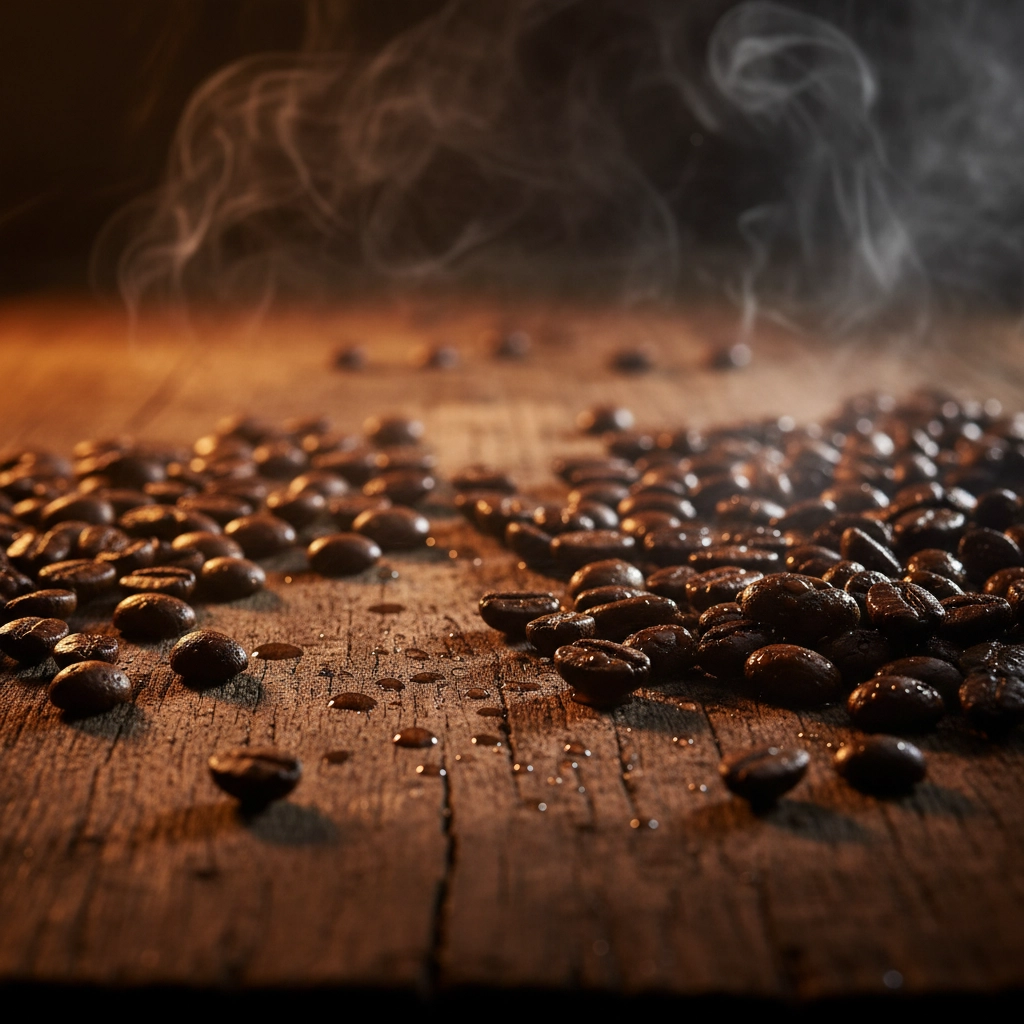
The water you're using might also be subtly different on rainy days. Depending on your local water source, rainwater can slightly alter the mineral content of your tap water, affecting extraction and taste in ways you might not consciously notice but your taste buds definitely do.
Storage: Your First Line of Defense
Proper coffee storage becomes critical during humid weather. Those beans sitting in their original bag are essentially sponges, soaking up moisture from the air. Transfer your coffee to an airtight container immediately after opening, and store it in a cool, dark place: never in the fridge or freezer, where condensation can wreak havoc on flavor.
For those serious about their coffee game, consider investing in a vacuum-sealed container. It's a small upgrade that makes a huge difference when you're fighting against Mother Nature's humidity assault on your beans.
Brewing Adjustments That Actually Work
Water Temperature Precision
When dealing with moisture-laden beans, precise water temperature becomes even more crucial. Aim for 195-205°F and stick to it religiously. Water that's too hot will over-extract from already moisture-heavy grounds, creating bitterness. Too cool, and you'll under-extract, leaving you with weak, sour notes.
Using filtered water eliminates variables that could compound the humidity problem. It's one less thing working against your perfect cup.
Grind Size Strategy
If your coffee tastes bitter on rainy days, try a slightly coarser grind. Moisture-affected beans extract differently, and what worked perfectly on dry days might be too fine when humidity is high. Start with a slightly coarser setting and adjust from there.
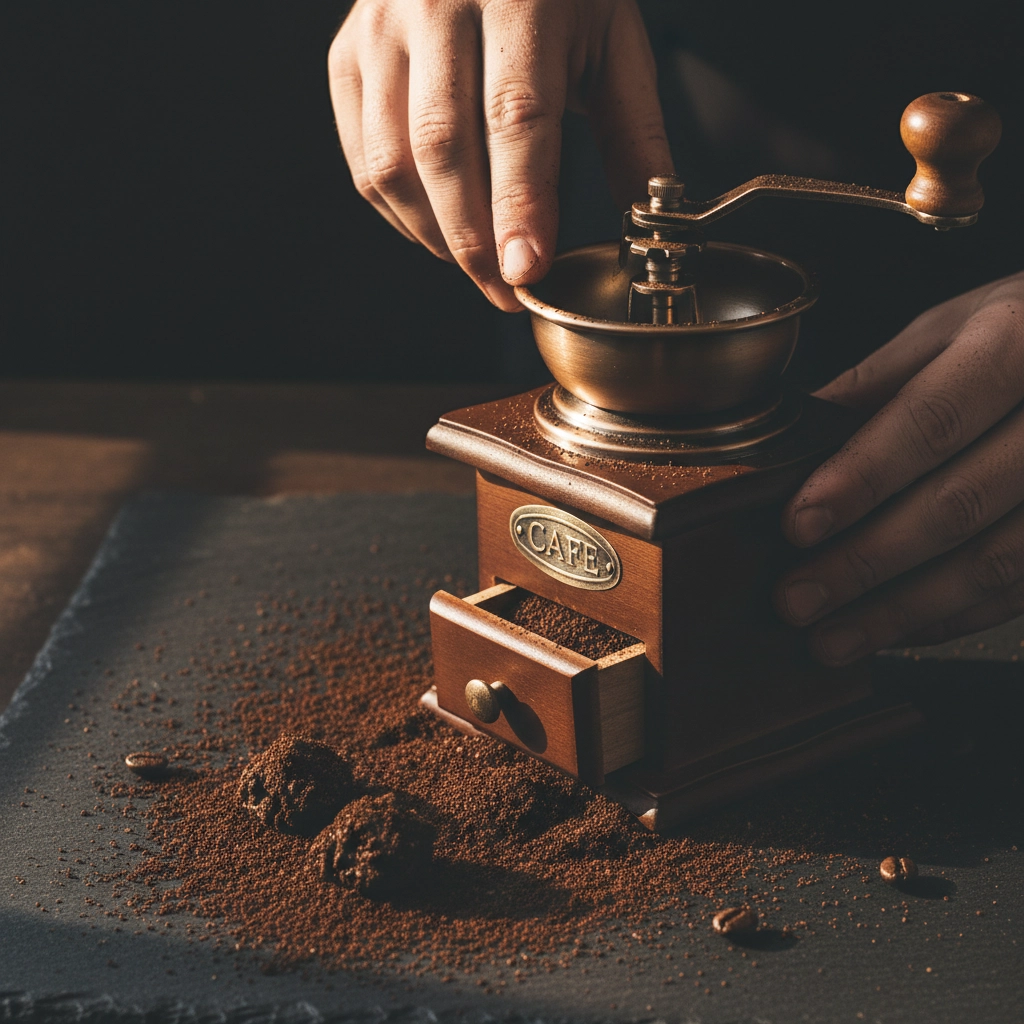
Coffee-to-Water Ratio Tweaks
Here's where it gets tactical: you might need to use slightly more coffee on humid days to achieve the same strength. Start with an extra quarter teaspoon per cup and see how it affects your brew. It's a small adjustment that can make a dramatic difference.
Bean Selection for Weather Warriors
Not all coffee beans handle humidity equally. Dense, high-altitude beans like our Guatemalan single-origin tend to be more resilient against moisture absorption. The tight cellular structure developed at high altitudes creates a natural barrier against humidity.
For rainy day reliability, consider switching to a darker roast. The roasting process creates oils that help seal the bean surface, making them less susceptible to moisture absorption. Our Sumatra blend with its bold, earthy profile actually shines on overcast mornings, cutting through humidity's dulling effects.
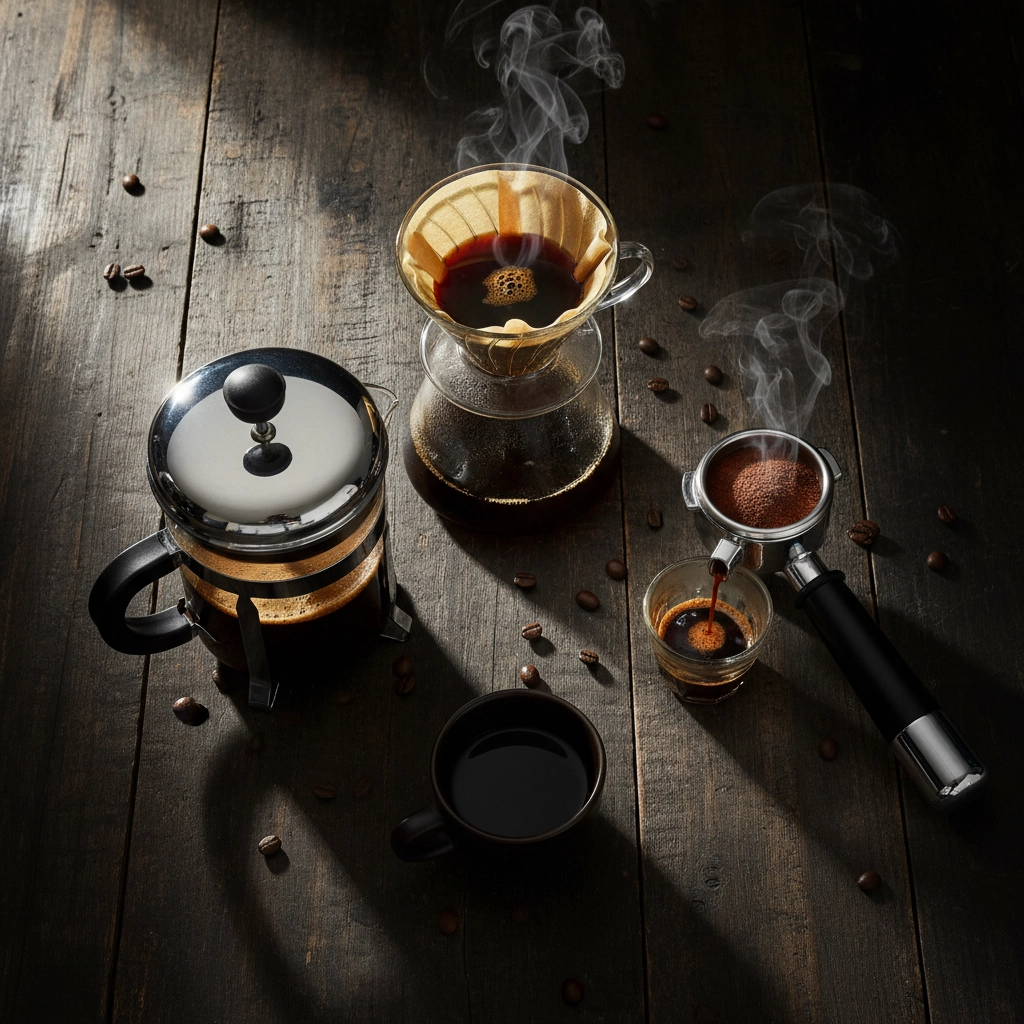
Origin-Specific Solutions
Different coffee origins handle weather changes uniquely. African coffees like our Kenyan AA have bright, acidic profiles that can help combat the flatness humidity brings. The natural acidity acts as a flavor amplifier when your taste buds need that extra kick.
Central American coffees offer middle-ground stability. Our Nicaraguan beans provide consistent chocolate and nut notes that remain prominent even when atmospheric conditions aren't ideal. They're like the reliable friend who shows up regardless of weather.
For those who prefer something more robust, Ugandan coffee brings bold, full-body characteristics that punch through humidity's muffling effects. The earthy undertones actually complement the cozy feeling of a rainy morning.
Equipment Maintenance for Humid Conditions
Your brewing equipment needs extra attention during humid periods. Moisture can affect everything from your grinder's consistency to your espresso machine's pressure. Clean your equipment more frequently and ensure it's completely dry before storage.
If you're using a drip coffee maker, run a vinegar cleaning cycle weekly during humid seasons. Moisture creates perfect conditions for mineral buildup and bacterial growth, both of which will sabotage your coffee's taste.
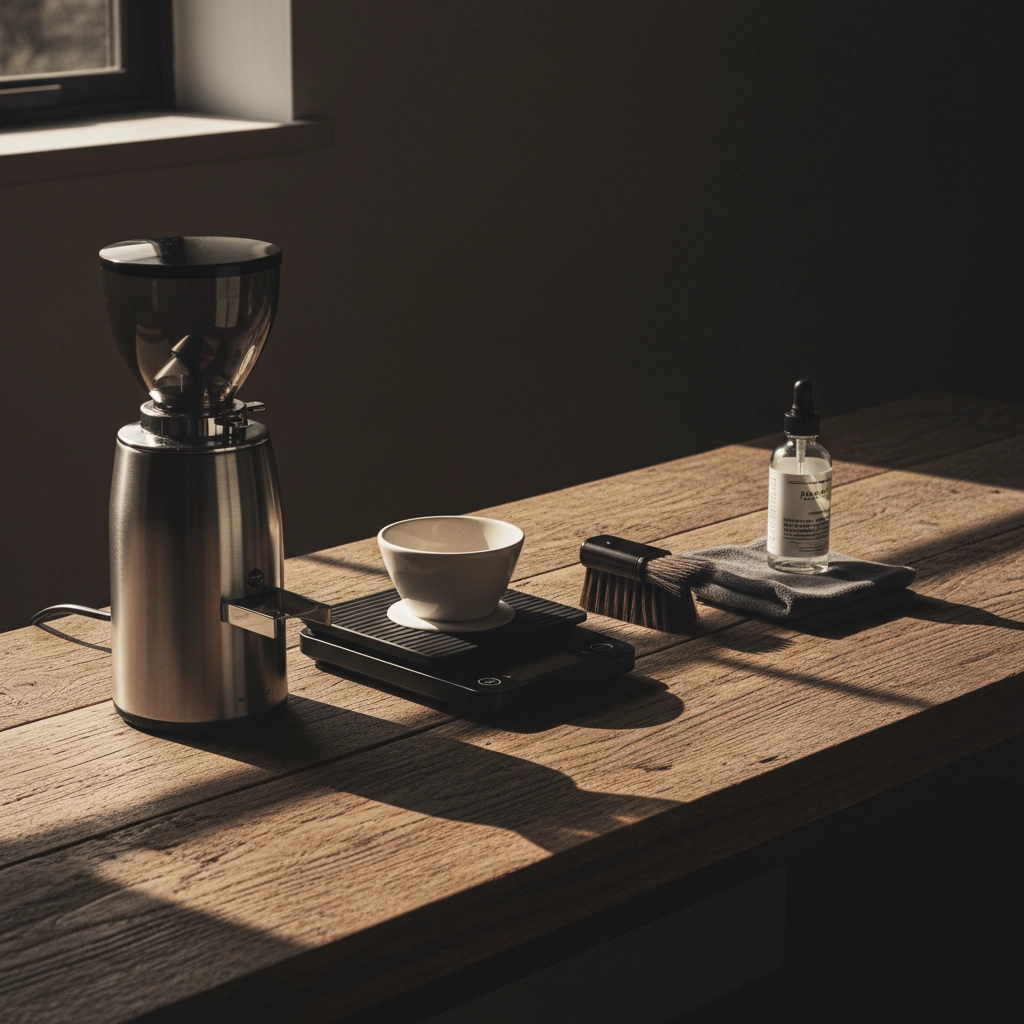
Advanced Techniques for Consistency
Pre-infusion adjustments: If your brewing method allows pre-infusion, extend it slightly on humid days. Moisture-heavy grounds need extra time for even saturation.
Bloom timing: For pour-over methods, watch your bloom carefully. Humid beans might bloom differently, requiring patience for optimal extraction.
Extraction monitoring: Pay attention to your brew time. If extraction seems slower than usual, your grounds might be too moist and clumped together.
The Psychology Factor
Here's something interesting: rainy weather affects not just your coffee but also your perception of taste. Gloomy conditions can actually dampen your taste buds' sensitivity, making everything seem less flavorful. Combat this by choosing more aromatic brewing methods: think French press or pour-over: that maximize the sensory experience.
Quick Fixes for Emergency Situations
When you're caught off guard by sudden weather changes:
- Microwave method: Spread your grounds on a microwave-safe plate and pulse for 10-15 seconds to remove excess moisture
- Pan method: Lightly toast grounds in a dry pan for 30 seconds before brewing
- Double dose: Simply use more coffee: sometimes brute force works
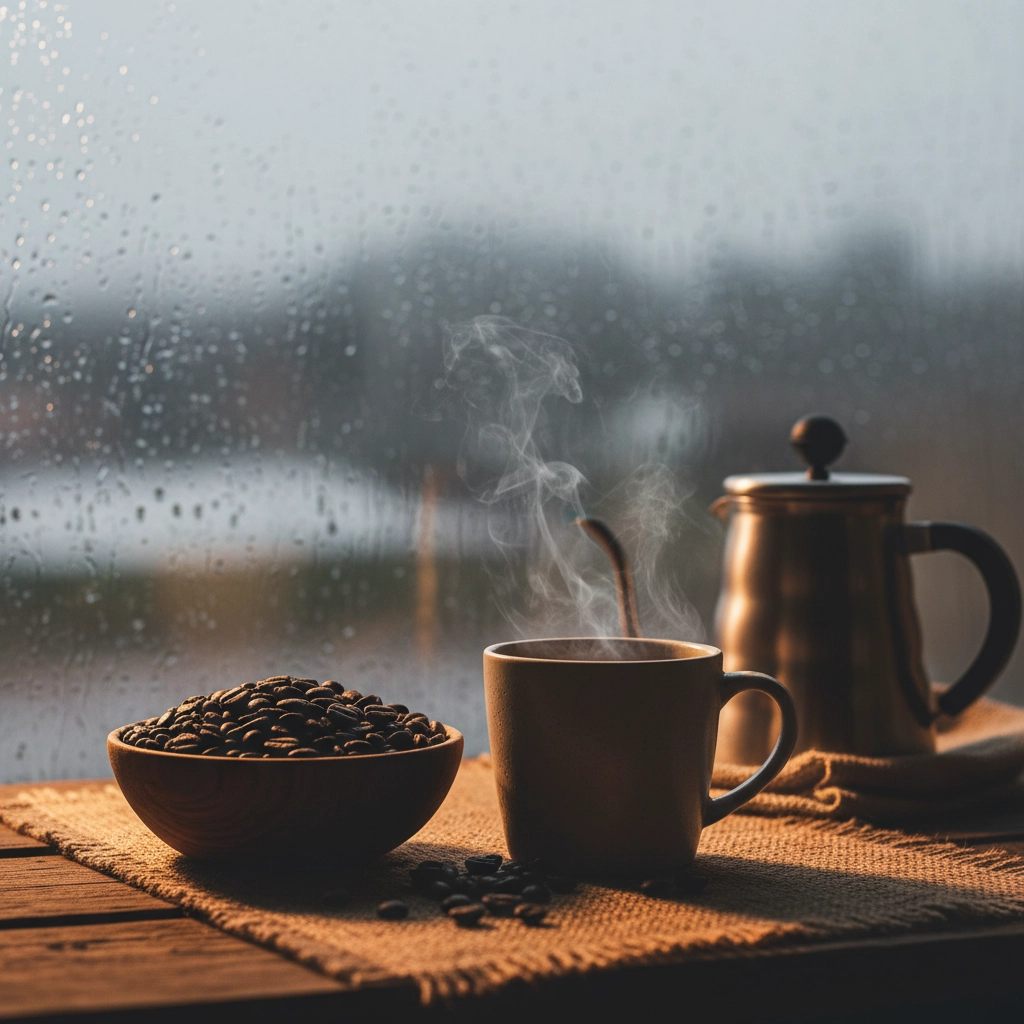
Creating Your Rainy Day Ritual
Instead of fighting the weather, embrace it. Create a special rainy day coffee routine that turns atmospheric challenges into opportunities for experimentation. Try different origins, adjust your ratios, and discover new flavor profiles that only emerge under specific conditions.
Keep a coffee journal noting how different beans perform in various weather conditions. You'll start recognizing patterns and can stock appropriate beans for forecasted weather changes.
The Bottom Line
Rainy day coffee doesn't have to be disappointing. With proper storage, brewing adjustments, and smart bean selection, you can maintain: or even improve: your coffee experience regardless of what's happening outside your window.
Remember, every challenge is an opportunity to become a better home barista. Those gray, humid mornings might just lead you to discover your new favorite brewing technique or coffee origin. Embrace the science, make the adjustments, and turn every rainy day into a chance for coffee excellence.
The key is preparation and flexibility. Stock up on weather-appropriate beans, maintain your storage discipline, and be ready to adjust your technique based on atmospheric conditions. Your taste buds will thank you, rain or shine.




